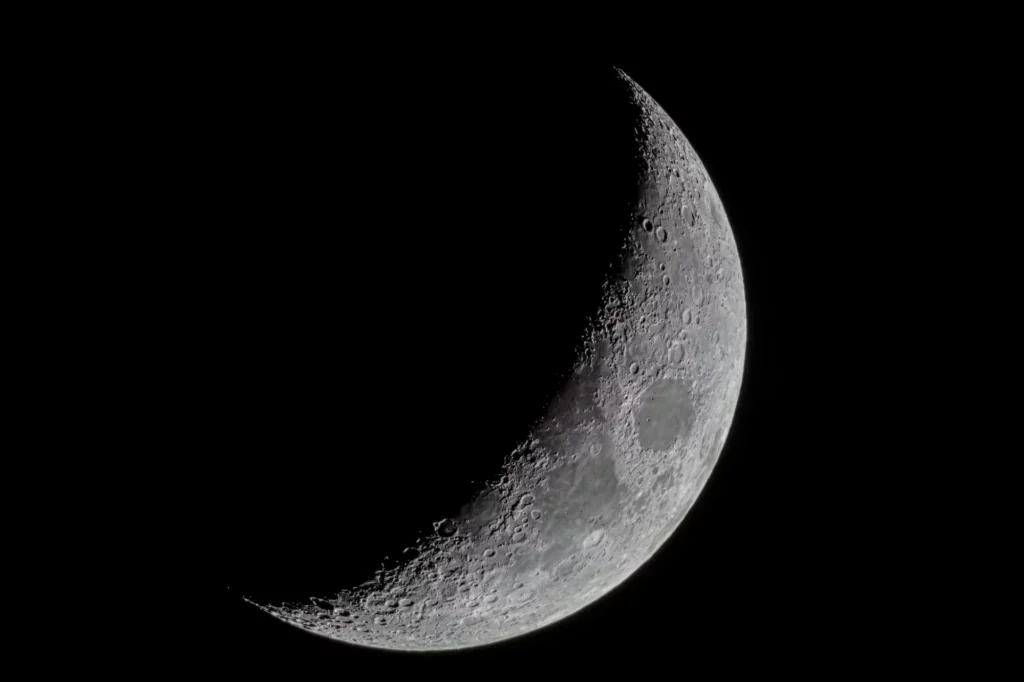Unveiling the Moon’s Core: A Tale of Cosmic Cataclysm
Drawing from decades of lunar research and advanced satellite observations, scientists have finally pieced together a vivid narrative of our moon’s dramatic transformation. This celestial saga began about 4.5 billion years ago, sparked by a cataclysmic collision between the young Earth and a smaller planet. The debris from this colossal impact eventually coalesced to form the moon, but the story didn’t end there.
Unraveling the Moon’s Mysteries
Underneath the moon’s seemingly tranquil surface, a dynamic process was unfolding. As the newly formed moon cooled from its molten state, a global magma ocean encased it, gradually solidifying into the mantle and the bright crust we observe today. However, deep within, a gravitational tug-of-war was taking place, leading to the sinking of dense, titanium-rich minerals. This set the stage for a phenomenon that literally turned the moon inside out, as these minerals resurfaced as volcanic rocks, particularly on the moon’s nearside.
The moon’s uneven geological evolution, with distinct differences between its nearside and farside, offers more clues. The nearside features ancient volcanic flows and mare, while the farside showcases craters within craters. This dichotomy is believed to have resulted from titanium being pushed to the surface by a massive impact on the far side, creating a thinner, more geologically active nearside.
New Insights from GRAIL
Recent breakthroughs have been made possible by NASA’s GRAIL mission, which provided detailed data aligning perfectly with the predicted anomalies in the moon’s gravity field. These findings not only confirm the theory of the sinking titanium-rich layer but also help trace the moon’s transformation timeline back over 4 billion years.
As researchers look forward to future missions equipped with advanced seismic networks, the anticipation grows. What secrets lie beneath the lunar surface? How will these insights shape our understanding of not only the moon but also other celestial bodies in our solar system?
The lopsided nature of the moon continues to fascinate scientists and space enthusiasts alike. With the Artemis missions on the horizon, the next chapter in lunar exploration looks to be as thrilling as the last.
What will the next big discovery reveal about our closest celestial neighbor? Stay tuned as we delve deeper into the moon’s subterranean secrets.






